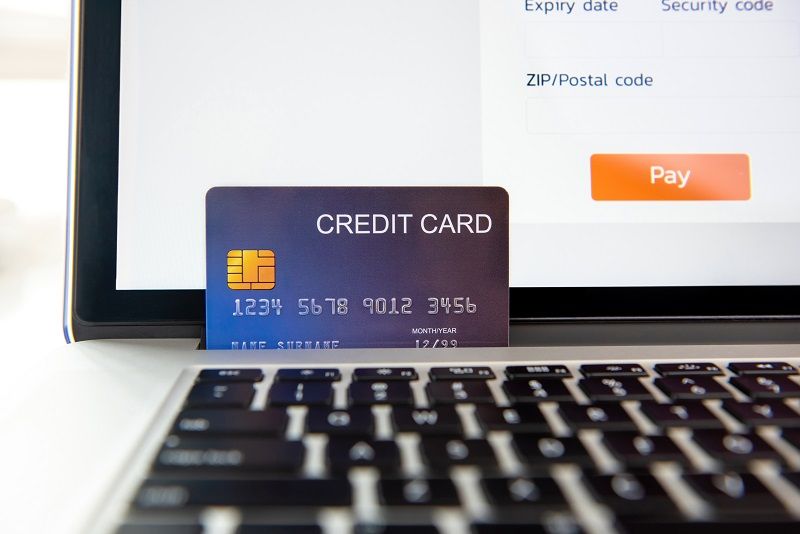Microsoft 365 (formerly Office 365) has evolved from an office-suite rental service to a full-blown small business and enterprise productivity suite. As a result, many organizations have replaced their entire infrastructure (servers/applications) with Microsoft 365. At this point, the 365 offerings ...
Tips to Help Protect Yourself from Credit Card Scams
Information Technologies | David Steele | Tuesday, November 29, 2022
Credit card scams continue to be a growing problem as criminals take advantage of the convenience and security of modern technology. As more people use credit cards for purchases online, the risk of becoming a victim of fraud dramatically increases. Here’s what you need to know about credit card scams and how to protect yourself.
Intrada’s Credit Card Safety Recommendations

- Check Credit Card Statements
Stay vigilant. Always double-check your statements for unauthorized charges or suspicious activity when using your credit cards online. Credit card fraud can be pretty sophisticated, and you need to be aware of any of your account discrepancies - Only Use Trusted Websites
Using a trusted website when making purchases online with credit cards is essential. To help prevent credit card fraud, only use your credit card on secure websites. Look for the padlock icon in your browser's address bar, indicating that the site uses SSL (Secure Sockets Layer) encryption. - Only Share Credit Card Information with Trusted Sources
Be careful when using credit cards in retail stores or over the phone. It’s important to ensure that you know who you are dealing with and try to avoid giving credit card information to anyone you don't know. - Avoid Public Wi-Fi Networks When Making Online Purchases
When using a public Wi-Fi network, be careful when entering your credit card information. Public networks are vulnerable to being hacked, and it's easy for criminals to access your sensitive data. Intrada recommends avoiding them when making purchases. - Do Not Click on Text Messages or Emails About Account Compromises
If you receive a text message/warning or email about an account compromise or balance issue, promptly contact the credit card company through the number on your card or check your online account. Do not call the number in the text or click on the links in the email. - Setup
Multi-Factor Authentication
Intrada would recommend implementingMulti-Factor Authentication Multi-Factor Authentication
Unfortunately, if you become a victim of credit card fraud or your card is lost or stolen, contact your credit card company immediately to report the crime or incident. They will work with you to investigate the case and help get any stolen funds returned to your account and issue a new card with a different number.
How Can Intrada Help?
Preventing credit card fraud is critical for both online and offline businesses. At Intrada Technologies, we are dedicated to helping our clients stay safe from cybercrime. Contact us today to learn more about our security services and how we can help protect your business from credit card scams and other online threats.

Cybersecurity Awareness Poster
SymfonyCon 2022 Disneyland Paris
Conference registration – check.Passports – check.Plane tickets purchased – check.Airbnb reserved (a building that was featured in The Hunger Games: Mockingjay – Part 2) – check.After Intrada’s Adam Post and Eric Greco completed the tasks above, the next stop was SymfonyCon 2022 Disneyland Paris. Bu...
Contact Us
- 800-858-5745
31 Ashler Manor Drive
Muncy, PA 17756
Office Hours
Monday - Friday
8 AM - 5 PM EST
Intrada Technologies


Copyright © 2025 - Intrada Technologies - Privacy Policy and Disclaimer
Our website uses cookies and analytics to enhance our clients browsing experience. Learn More /
